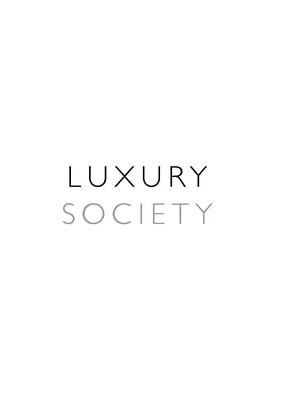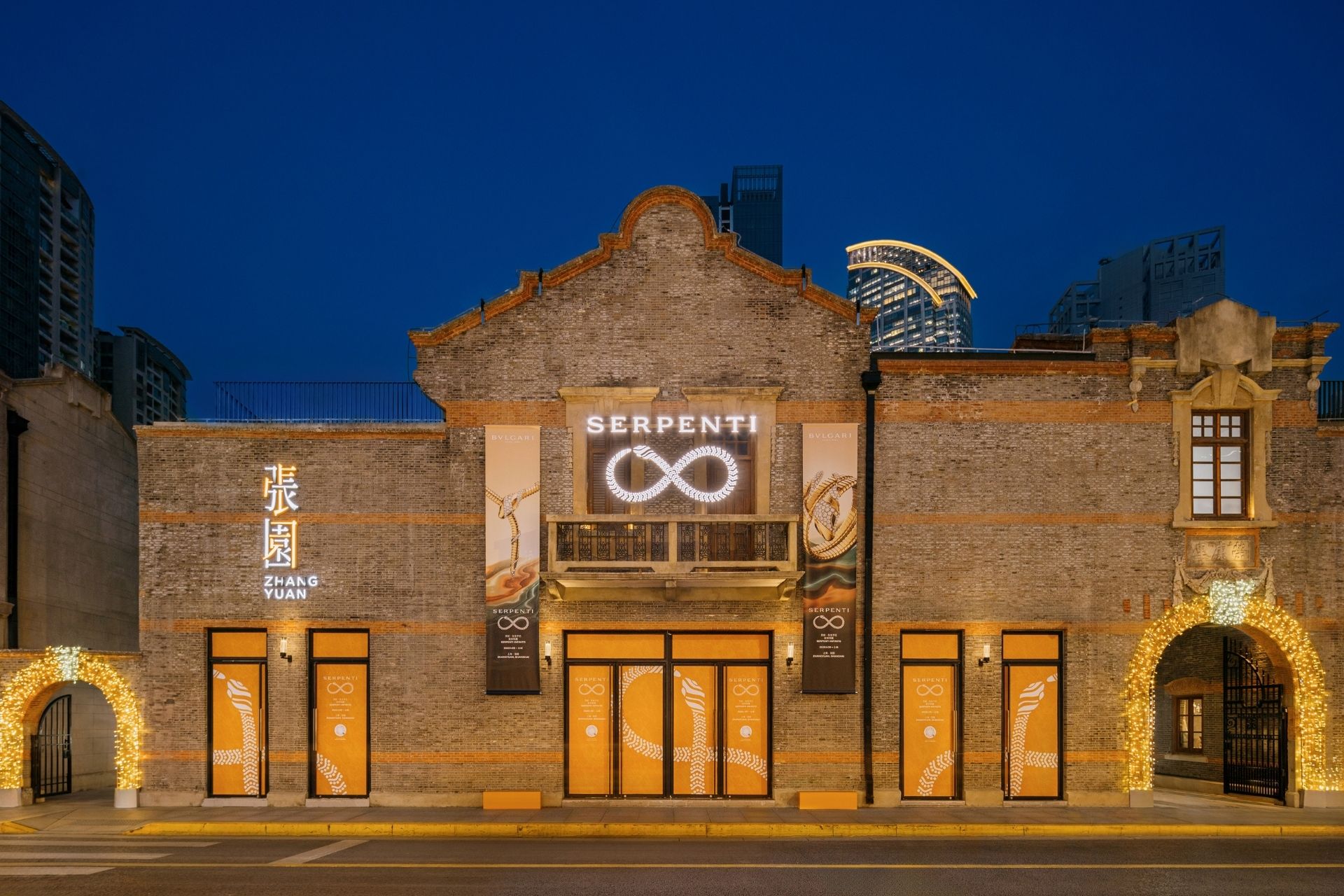When brands use Twitter to launch their latest campaigns, research shows they see a meaningful uplift in key metrics like awareness, favourability and purchase intent, representing a valuable opportunity for luxury brands to benefit from the platform.

Twitter is firmly established as a strong communication and advertising channel for brands from a wide range of industries. The relevance of the platform, especially for luxury brands, is evidenced by research from Nielsen and Bain & Company, which found that campaigns launched on Twitter saw a meaningful uplift in key metrics like brand awareness, brand favourability and purchase intent, compared to brands that didn’t use Twitter as a launch platform. People on Twitter tend to be well educated, more affluent and more open to discovering new products and brands.
“The conversation around ‘luxury’ and luxury brands is growing very quickly,” said Barry Collins, Head of Global Reseller Business at Twitter, noting that the communities of luxury brands like Chanel, Marc Jacobs or Burberry have been growing steadily over the years. “Brands who are the most active on Twitter are in fact benefiting from the community on Twitter, representing a very diverse, open-minded and interested target group that likes to try out new products. They are experts in their respective fields of interest and influence the people around them, who like to ask them for their opinion. In this way, they ensure awareness and ultimately also have a direct influence on purchasing decisions.”
The company said that over the past year, luxury brands have recorded a 168 percent increase in impressions, a 219 percent rise in engagements and a 163 percent climb in likes year-on-year, with followers increasing by 17 percent.
When luxury watch manufacturer Breitling wanted to drive awareness for its latest product releases the Navitimer 806 re-edition, the Navitimer Automatic 41, the Premier Norton collaboration, and the new Superocean during Baselworld 2019, it turned to Twitter. Opting for a Promoted Tweet using the hashtag #Baselworld2019, Breitling tailored its messaging around its latest product releasing a 60-second video for a new watch each day over a six day period.
The campaign reached 3.22 million trend impressions and recorded 963,000 Tweet impressions. “We understand how difficult it is to ‘cut through the noise’, especially during news-intensive times like Baselworld,” said Silvia Battocchio, Global Head of Brand Communication at Breitling in a statement. “Twitter’s Promoted Trend allowed us to effectively grab the watch enthusiast community’s attention and drive their interest during the hyper-cluttered Baselworld fair.”

Credit: Photo: Courtesy
Likewise, when British department store of the high end retailer Selfridges wanted to promote its ‘Work It’ campaign beyond its physical stores, the company made use of promoted Tweets, hashtags and live streaming. The campaign, which ran over the course of a month, set out to challenge consumers to make more of their lunchtimes, both in-store and online. Selfridges ran in-store events like free makeovers, workshops focused on making and repairing things, workouts and art classes.
It also used keyword and username targeting to share its content, which included promoted videos, and live streaming. The campaign recorded 25.2 million Promoted Trend impressions, with a strong engagement rate of 5.35 percent. The brand also saw a 501 percent increase in new followers and around 2,000 mentions of the hashtag during the course of campaign.
“The campaign helped us to quickly get to grips with live streaming and integrate it into our social strategy,” said Elly Ling, Digital Brand Manager, Selfridges in a statement. “We love how live videos on Twitter enable us to engage with our audience in what feels like a very intimate environment and, as a result, bring customers closer to the brand and the in-store experience.”
“Brands who connect to the conversations happening on Twitter see their campaigns come to life, generate increased awareness and measurable results,” added Collins. “Using Twitter’s well-developed targeting tools gives brands the opportunity to build precise audiences in every geography.”
“One of the reasons behind Twitter’s success is its discovery function. The people on Twitter are looking to engage with brands as they are more open to new ideas and experiences, and like to be the first to discover and try new products”, said Chris Morgan, Client Partner Lead at Httpool, Twitter’s partner agency in Switzerland.
According to a study on Discovery & Influence on Twitter published by Kantar News, 79 percent of Twitter users liked to discover new things, 74 percent noted that they were very open-minded and 60 percent said they liked to be the first to try new things compared to the overall online population involved in the study.
The report also found that 61 percent more likely to buy high end or luxury products or services when making a purchase, and with 49 percent more willing to pay for quality and time.
“Twitter’s diverse audience comes to the platform in a discovery mindset. Show them something new, and they will respond and share what they find,” explained Collins. “Connect with them in a way which allows them to relate to your brand – through their passions and hobbies – and they will reward you with their loyalty and become brand advocates for you.”
Leveraging big industry events is one way luxury brands can get the most out of Twitter. During Spring/Summer 2020 Paris Fashion Week, 85 percent of the digital conversations around the event occurred on Twitter, according to a study by Sprinklr, around 791,200 thousand mentions.
Brands like Louis Vuitton offered its audience the chance to interact with its K-pop star guests ITZY. Users could ask the Korean band questions about their fashion week experience using the hashtag #AskITZY, which resulted in more than 1,200 questions submitted. The five questions answered, with a video from the band, generated more than 3 million views on Twitter.
During Paris Fashion Week, the Fédération de la Haute Couture offered daily exclusive highlights of the event that includes videos, photos and Tweets, that provided a wrap-up of the best of the shows using a feature called ‘Like to Subscribe’ .

Credit: Photo: Courtesy
Another point to note is that what drives engagement on Twitter is really around cultural relevance and being part of the conversation with consumers. Research from Magna, one of Twitter’s partner agencies, shows that cultural relevance is an important purchase decision factor for consumers.
“One of the best ways to create a successful presence on Twitter is to connect with what’s happening, that is important and meaningful to your customers,” said Collins. “Use #hashtags to join the conversation they are having and remind your customers that you share their passions and interests – and have something to offer them. Talk with your customers in a shared space, not at them.”
With the introduction of innovative products, Twitter says it ensures a brand-safe environment. Recently, the platform has launched conversation controls to help brands reach their customers in what it says is a more safe and controlled way, by enabling brands to control who is allowed to reply to their tweets, or to prevent any replies at all.
Its Amplify advertising and sponsorship programmes allow luxury clients to connect their video assets to exclusive custom content and original programming that is distributed on Twitter to brands’ target audiences.
Twitter offers a number of visual formats that brands can experiment with. “Within the last few years Twitter has become a very visual place,” said Collins. “Video plays a crucial part in capturing any audience’s attention and taking this into account, Twitter has launched many new organic and paid media formats which make the best use of high-impact video content and images.”
“Twitter is also a very interactive place – and using tools like live video which are inbuilt into the platform – enables brands to live-stream launches and events, to really engage with their target audience and give them a rich interactive experience,” Collins added.
The struggle for consumer attention has never been tougher – and this especially applies for the luxury segment. Today, marketers have to work hard to get their brand noticed at all. Twitter represents a valuable opportunity to define and reach their target audience when they are the most receptive.
Cover Image: A model poses with a Marc Jacobs bag in a branded campaign image.








